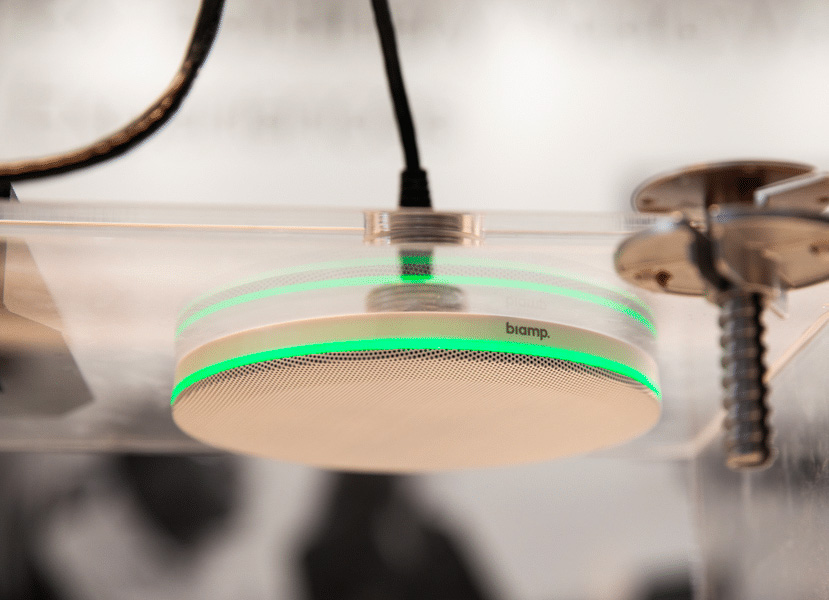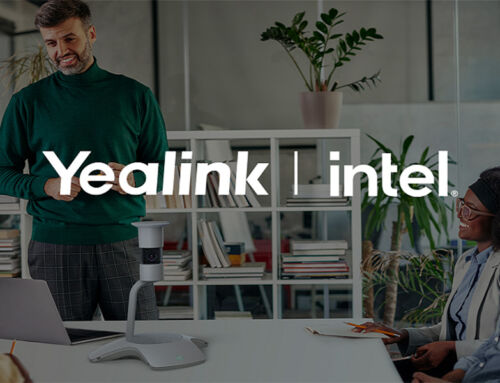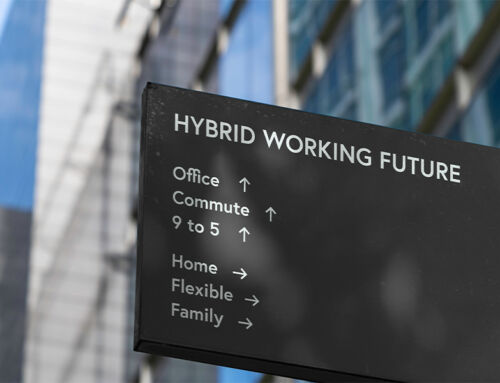How do you know if you have a noise level problem in your workplace? If it isn’t obvious, some of the other warning signs include having to shout in order to be heard by a co-worker who is just an arm’s length away or you have temporary hearing loss or humming or ringing in your ears when you leave your place of business.
The Decibel (dB) Scale and the Noise Level Chart
Noise is measured in units of decibels, which are sound pressure levels. Our ears have the ability to handle a very broad sound level range. Expressing numbers that are manageable, the decibel scale is a logarithmic one, meaning that a small change in the decibel number results in a huge change in the amount of noise as well as the potential damage to hearing. A noise level chart shows examples of sounds with dB levels that range from 0 to 194 decibels with 180 decibels being a rocket launch and 194 decibels being sound waves that become shock waves.
Noise Levels
The perception is that one sound is twice as loud as another sound when they are actually only about 10 dB apart. For an example, if the sound of one typewriter is 60 dB, ten typewriters would actually register 70 dB and not 600 dB and would sound just twice as loud as the one typewriter.
Many sound levels are given on the chart mentioned, and some of those decibels are the following:
- 0 the quietest sound that is audible to a healthy human ear
- 20 rustling leaves
- 30 whisper
- 40 computer
- 50 light traffic and refrigerator
- 60 air conditioner
- 75 toilet flushing
- 80 alarm clock
Most noise levels are given as dBA, decibels adjusted to reflect the response of the ear to different sound frequencies. Sudden and brief impulse sounds, such as many shown at 120 dB or greater, are often dB, meaning no adjustment. Those include, among others:
- 125 balloon popping
- 130 stadium crowd noise
- 135 air raid siren
- 140 jet engine taking off
- 145 firecracker
- 150 launch of fighter jet
- 170 safety airbag
- 175 howitzer cannon
How loud is too loud in a workplace?
The National Institute for Occupational Safety and Health (NIOSH) recommends in their NIOSH Noise Meter that all exposures by workers to noise be controlled and be below 85 dBA for eight hours. That should minimize induced hearing loss from occupational noise. The Occupational Safety and Health Administration (OSHA) demands that employers be responsible for providing healthful and safe workplaces for employees and sets legal limits on permissible workplace noise exposure at 90 dBA for an eight=hour day. At 100 dBA sound levels, NIOSH recommends limiting the eight-hour exposure to less than 15 minutes, and OSHA recommends a maximum of two hours.
OSHA’s Hearing Conservation Programs requires employers to measure the noise levels, provide training, provide free hearing exams annually, and conduct evaluations of hearing protectors’ adequacy unless changes are made to equipment, tools, and schedules so they make less noise and worker exposure to the noise is less than 85 dBA.
About the Author:
Ultimate Technologies Group is the global expert in virtual communication and collaboration technology. When it comes to high-end Audio Visual technology solutions, we are trusted by some of the most respected brands:
Commercial AV News & Thought Leadership:

2022 RedDot Winner – Yealink’s MeetingBoard 65

Sound Masking vs. Sound Absorption: Improving Conference Room Acoustics

The Current State of Hybrid Work May 2022




